Itinerary edited by UNIVERSITY OF CHIETI-PESCARA 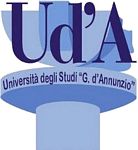

The zoological collections of the ‘G. B. Vico’ Upper Secondary School, the ‘I. Gonzaga’ Teacher Training College, and the Regional Seminary in Chieti provide an important collection that allows us to survey today the fauna that was present in Abruzzo between the second half of the 1800s and the beginning of the 1900s. Although not exhaustive, this gives a picture that is of enormous importance for knowledge, education and conservation purposes, also with reference to the “Natura 2000” sites and the protected areas of Abruzzo, which is considered a "biodiversity treasure chest". The collections that are presented here illustrate the geomorphological variety of the Abruzzo territory, with sections of land that slope gently down from the mountains, through the hills, and to the sea, and which provide remarkable biological diversity. To round off the complexity of this environment, the coastline with its beaches and cliffs offers a multitude of microenvironments.
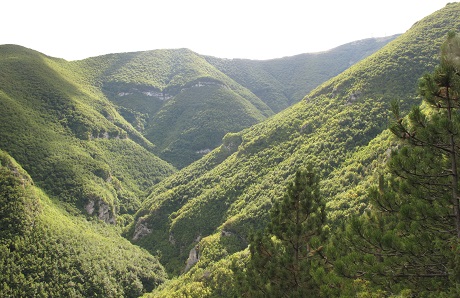
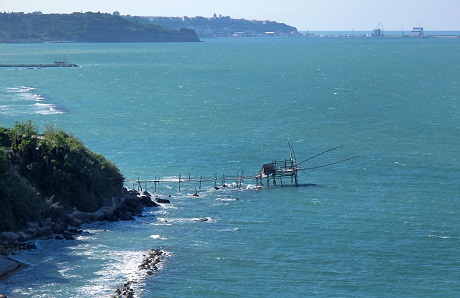
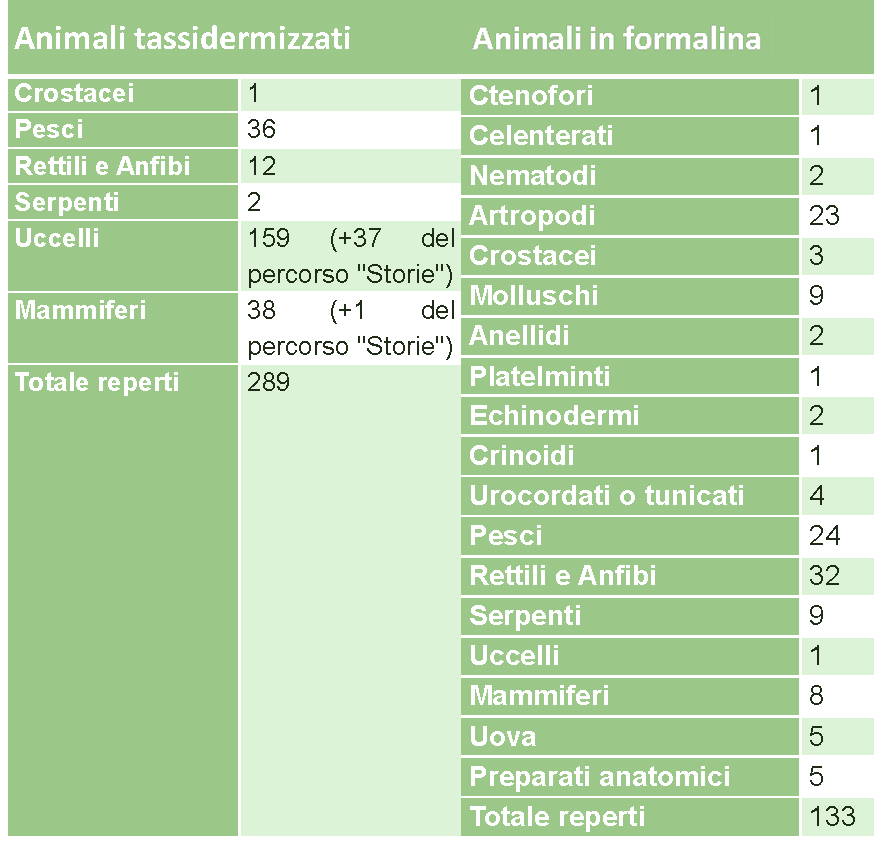
The exhibits that have been selected by the University Museum of the ‘G. d'Annunzio’ University of Chieti–Pescara to be part of this educational tour started as educational tools for the teaching of zoology in three educational centres in the city of Chieti:
These specimens were used during zoology lessons to illustrate and deepen the basic concepts of the systematics and taxonomy, and the importance of biodiversity and evolution... in other words, they served to introduce young people to the study of the fauna and the mechanisms of identification of the different animal species. They constituted an extremely helpful teaching aid that could be used to spread knowledge of the animal world among the students. Moreover, they testified to the commitment of the Public Administrations and the Heads of the various educational institutions to equip schools with the necessary means to implement modern and effective teaching.
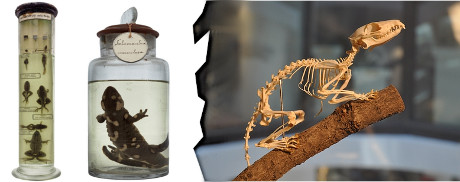
 The specimens of Liceo Classico “G. B. Vico”
The specimens of Liceo Classico “G. B. Vico”The ‘G. B. Vico’ Upper Secondary School represented an institution for advanced and applied scientific research in Chieti already from the second half of the 1800s. Indeed, starting from the 1864-65 school year, and under the direction of Prof. Florindo Rocchetti (Torrevecchia Teatina, CH; 1820-1867), a "scientific laboratory” was in operation inside the School, with a section for taxidermy. The intensive research and the collection of animals by the students of the School date from this period. Unfortunately, some of the material that was gathered during this innovative teaching has now been lost.
The selection of specimens that is presented here includes:
The specimens are never dated, with the exception of those prepared by Prof. Rocchetti that belong to the ‘G. B. Vico’ Zoological Collection, and which can therefore be placed to around the middle of the nineteenth century. Altogether, the animal specimens from Gonzaga College and the Regional Seminary, and some from the Vico School, were prepared probably at the end of the nineteenth century. For some specimens from the Regional Seminary, this dating is certainly correct. Indeed, on 17 July, 1921, a photo box was printed and distributed that contained a selection of 35 postcards, each of which reproduced a corner of the new Seminary in the Nolli Palace. Among these, there was an interesting image that showed a picture of the "Cabinet of Natural History" (the Natural History Laboratory and Observation Room) where some of the stuffed animals could be seen that are keep today in the University Museum.
 From collections to the territory, reconstructing the natural environments of the past
From collections to the territory, reconstructing the natural environments of the past The specimens can be divided into different classes as indicated in the Tables here.
These specimens currently represent a single, unique and irreplaceable source of the Abruzzo fauna that could be found more than a century and a half ago, in the Chieti territory in particular.
Among the birds, the top spot goes to the Queen of the skies, the majestic golden eagle (Aquila chrysaetos), of which there are several pairs in Abruzzo. Then there is the peregrine falcon (Falco peregrinus), which hurls its dreaded cry at the rocky walls, the Eurasian eagle-owl (Bubo bubo), which silently reigns in the most inaccessible forests, and the captivating barn owl (Tyto alba).
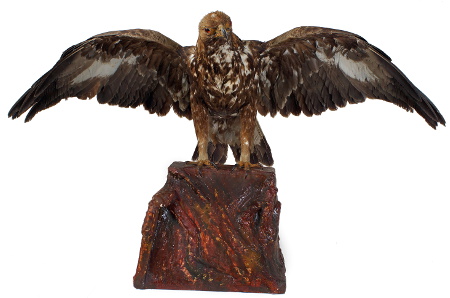
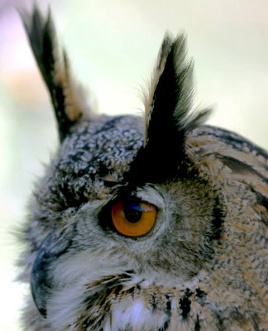
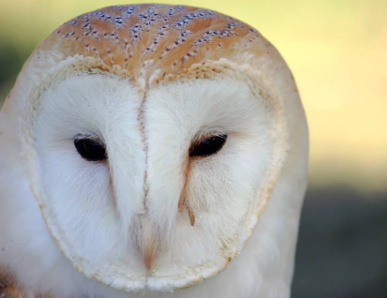
These preserved specimens constitute the complete documentation of the development and evolution of the wildlife in certain areas. Often, in fact, the zoological collections preserve specimens of certain species that were collected in the past and in places where today they are rarely seen, or even no longer found.
There is also no doubt that another one of the main functions of a zoological collection is to be an indispensable research tool, by offering the possibility to investigate the morphological similarities and differences between the various species of animals in their local forms. Indeed, each species displays a number of significant changes in its evolution, and it is important to know the causes, limitations and scope behind such changes, to be able to reconstruct the zoological facies of a given period.
The collections of stuffed and formalin-preserved animals that are now housed in the University Museum come from the collections that were previously stored in three different centres of learning in the city of Chieti. Already from 1863, and by the early 1900s, it was possible to experience the richness of the species variety in Abruzzo. The possibility to study the fauna, even as just specimens, made it possible to recognize the importance of the protection of the individual species, their populations, and the territories in which they lived. This represented a change of thought that gradually led to a different concept of conservation. A revolution that helped to transform a hunting ground into the first Italian National Park: the Abruzzo National Park, which is today the Abruzzo, Lazio and Molise National Park. In this region, these animals can still be seen living in three National Parks, a Protected Marine Area, a Regional Park, 14 State Reserves, 25 Regional Reserves, 8 Protected Areas, 127 sites of the “Natura 2000” network, and more. Many can also be seen even in the towns (including red deer and roe deer, badgers, and birds of prey).